Ting Global's 2019 Tomorrow's Professions Chart is an open source taxonomy for future space-time. This framework provides a common structure and language for mapping, exploring and protecting the complexity and volume of innovation occurring in the world. Under a Creative Commons license and as an open source project, the taxonomy is available for anyone to support their work on innovation in education
The importance of universal symbols
Communication is a key to success in life and a new type of communication can be a key to opening a door to a whole new reality.
Now, let me surprise you with a question:
What if we could communicate images from one mind to another without using spoken words?
And if so, let us first ask whether there can be a universal language that we can all understand despite cultural differences?
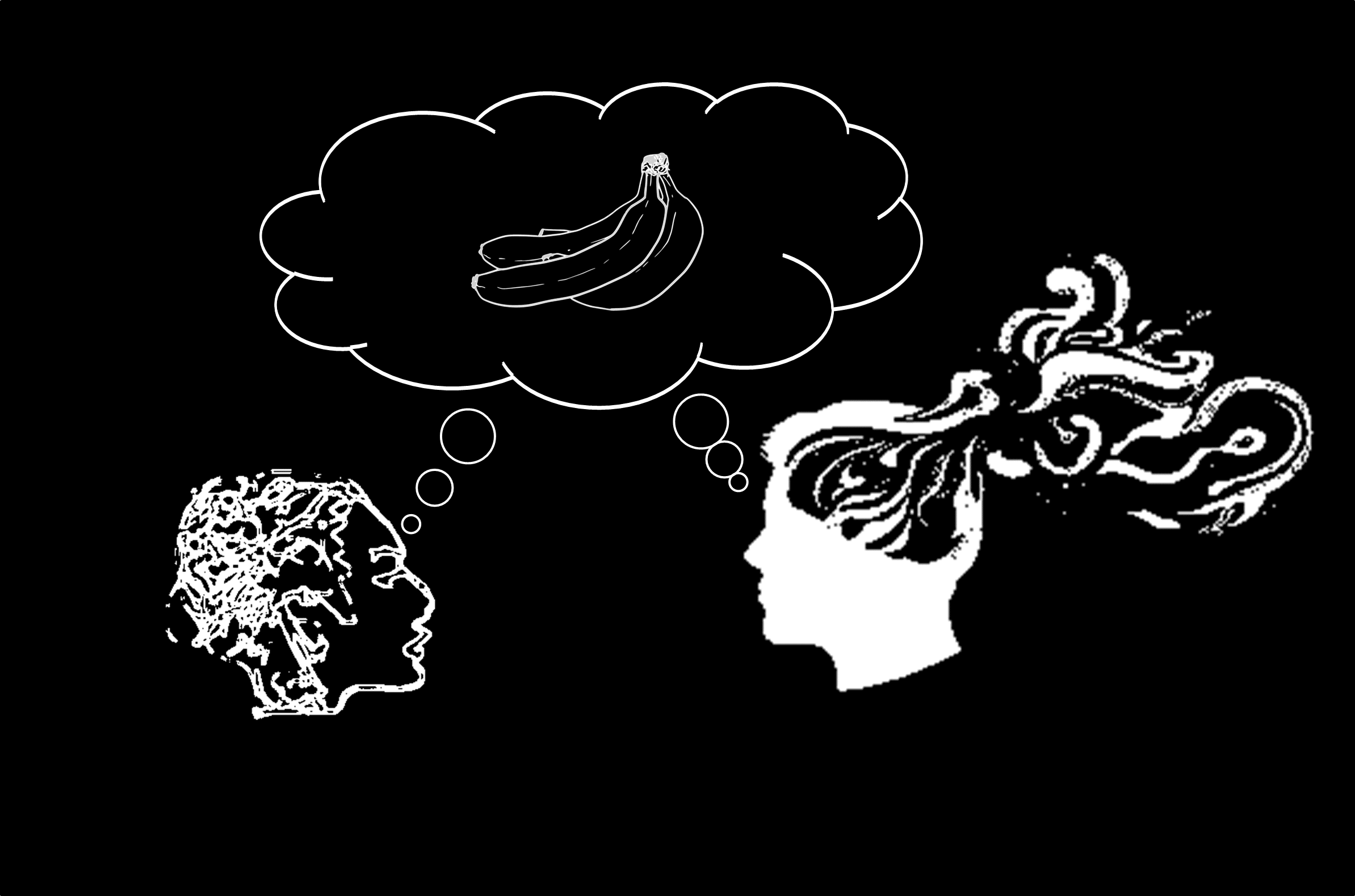
Man, like many other animals, also sees the world in low-order associative thinking. For example, when we think of a banana we think of food, a lion = danger, etc. Throughout the history of the human race, and in order to be able to communicate better, more complex cultures and societies were created, which developed different and efficient phonetic languages that represent sound.
Let me take you on a journey about 4000 years back in time... Egyptian hieroglyphics is a form of writing that was used in ancient Egypt by sages and sorcerers. This writing is unique in that it is based on a combination of creating texts using logograms/symbols of images as characters – and in simple modern words – images.
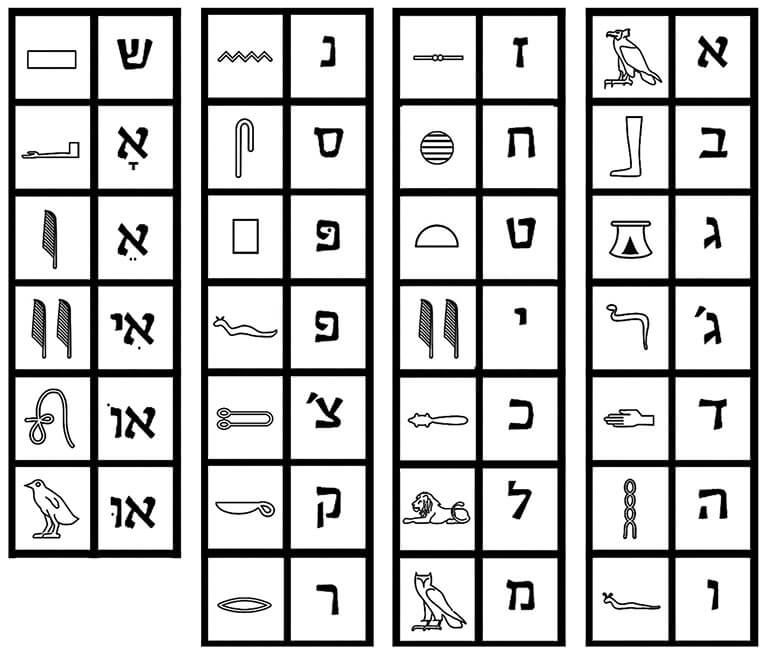
Chinese characters are also pictures, some are literal while others are quite abstract. This picture, for example, was taken from Shao Len's TED talk - worth watching.
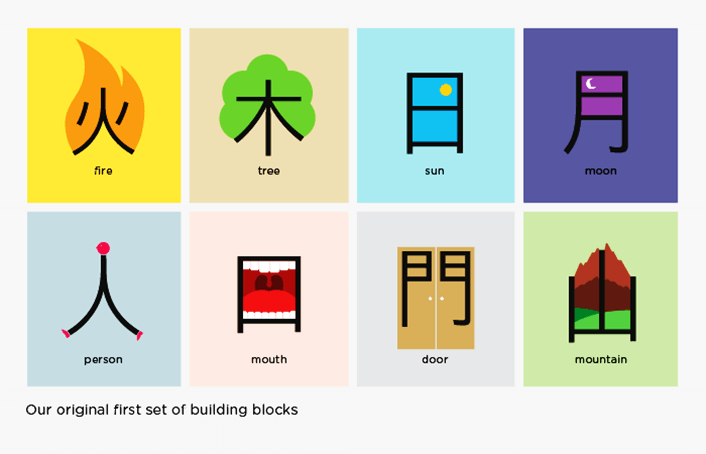
Analysis empirical of use In emoji/emotions On a smartphone
Why do we need symbolic representations? Why do we need ideographs/symbols when we can express our thoughts so precisely using letters and words that represent sounds? In the digital world, many people find the emojis called emojis in Hebrew feelings, as an exciting way of communication, it's fast, easy and fun, but are emojis universal? And in general, do they have to be universal?
Emojis are adopted by internet users from many countries, on many devices, and in many applications. The global "everywhere" use of the emoji language allows us to study and compare user behaviors and preferences between countries and cultures.
Here in the table, we can see an analysis on how smartphone users use emojis based on a very large data set collected from a popular emoji keyboard (KIKA). The data defined herein contains a full month of emoji language usage by approximately 4 million active users from more than 200 countries and regions.
A short study This shows that users from different countries show significantly different emoji usage preferences.
What can we learn from a quick look at the table? About French? About Mexicans?
We can clearly say that emojis can be a sign that helps us differentiate between users from different countries even without any textual information.
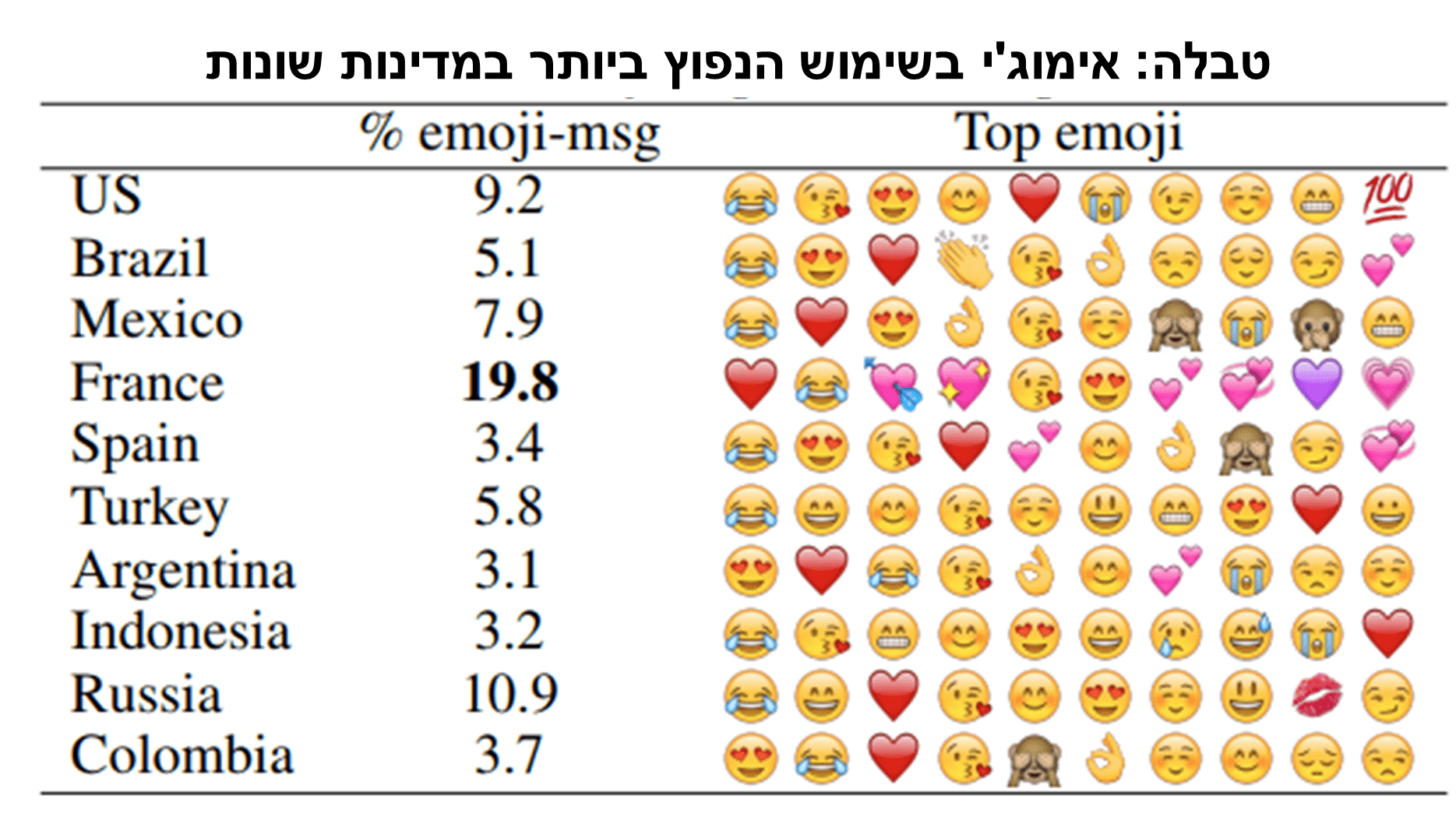
Based on the results, we can confirm that the use of emojis presents significantly different patterns in the different countries, which to some extent scales with the cultural background of the countries.
The 20 most commonly used emoji are depicted in Figure 5. The emoji known as the face with tears of joy is the most commonly used, followed by the heart and then the smile with heart eyes. We can see that all 20 emoji are in the categories of face, heart and hand. Such an observation indicates that expressions and body signs play an important role in expressing ideas when using emoji.
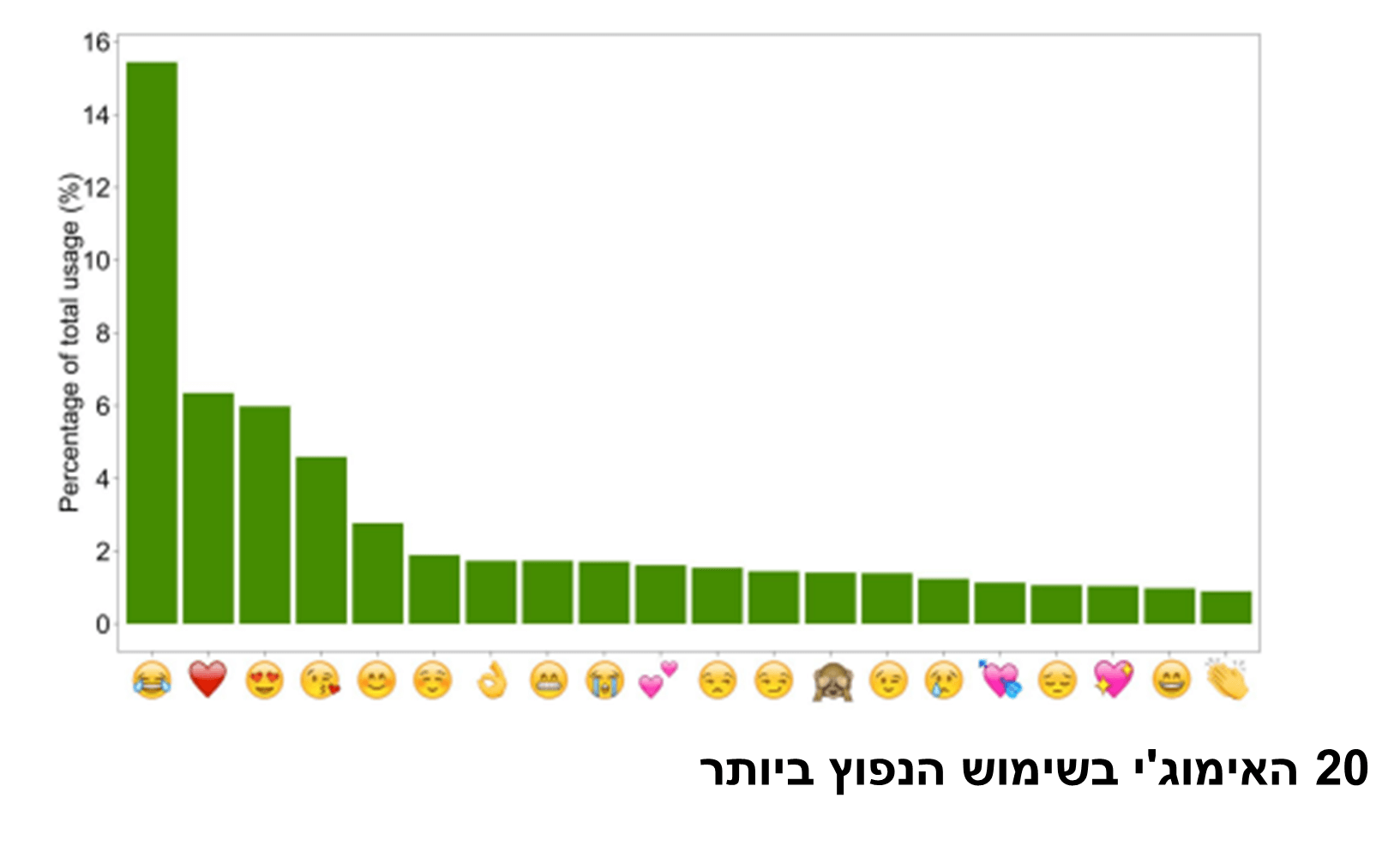
Figure 5: The twenty most commonly used emojis, we can see that the USA, Brazil and Mexico use emojis significantly more than other countries.
One of the consequences can be when trying to understand user preferences, for example, smartphone users tend to use more emojis than plain texts when they want to convey reviews of food, movies, and so on. In such scenarios, the understanding of user preferences can be made more accurate by synthesizing emoji usage with other contextual information, allowing developers to customize country- and location-specific user experiences or even place precise in-app advertisements.
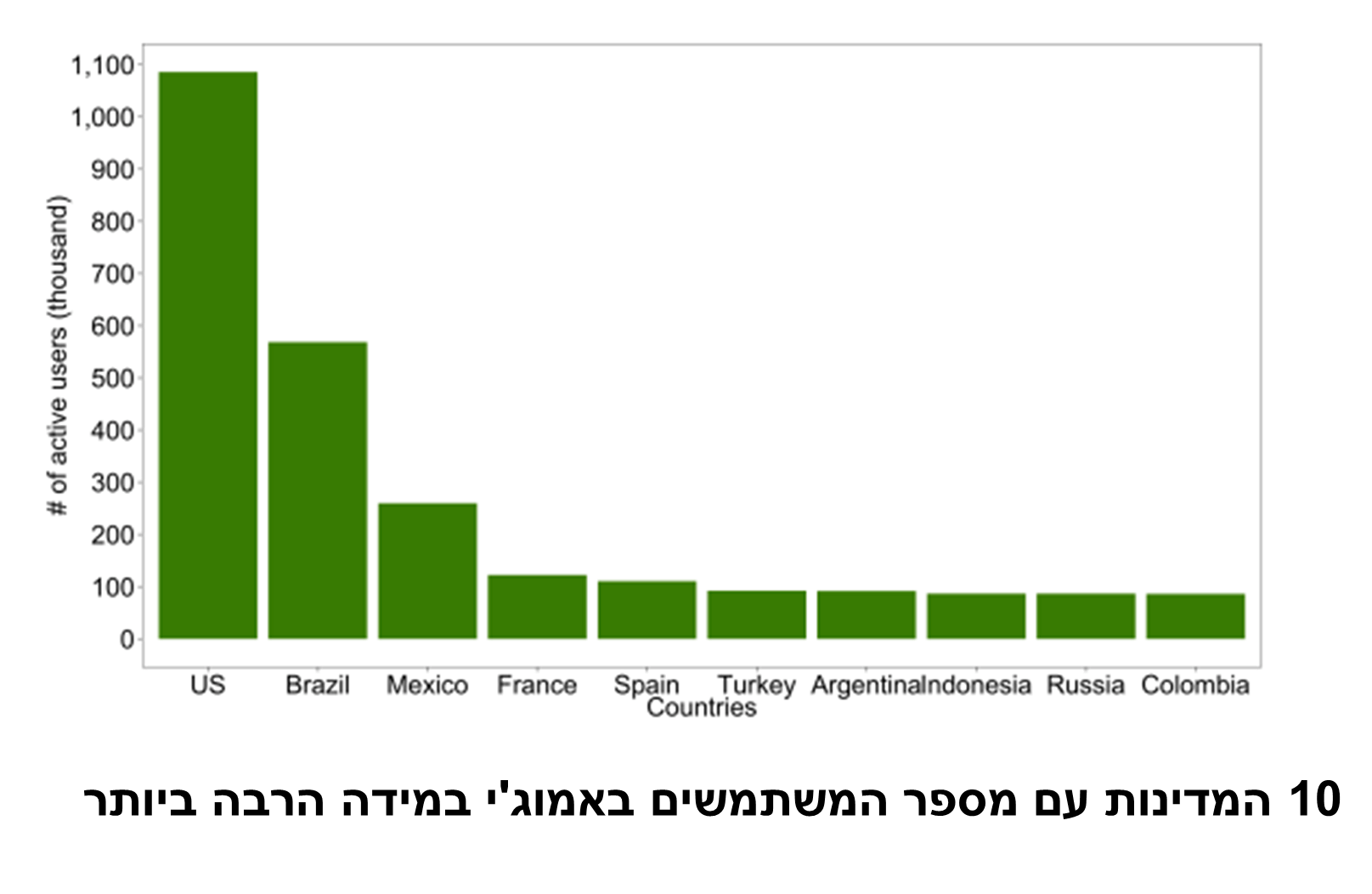
a question: Can you send someone an entire message consisting only of emojis?
In April 2012, Bing Shu introduced a new graphic novel composed entirely of universally understood pictographic symbols and emoji.
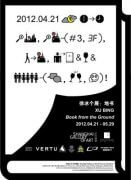
Xu Bing spent seven years collecting materials, experimenting, editing and arranging thousands of pictographs in order to build the plot of the 'Book from the Ground'. The result is a readable story without words, describing a twenty-four-hour course in the life of Mr. Black, a typical white-collar worker.
can you read it
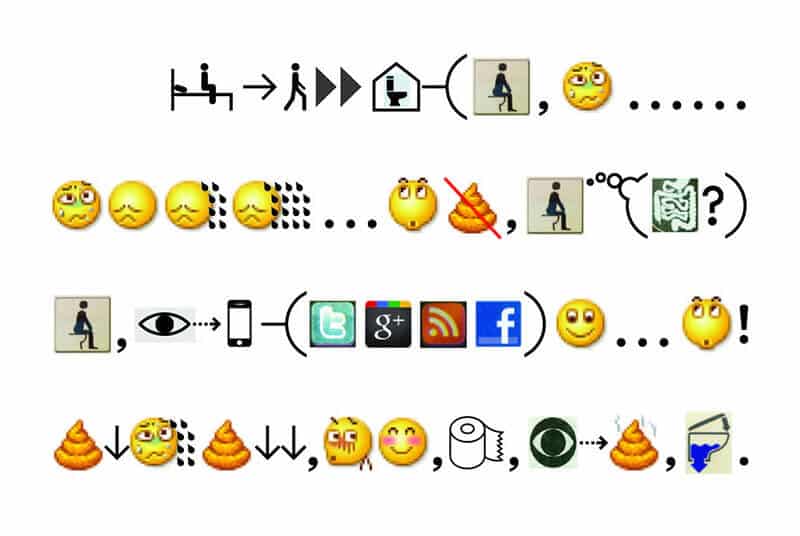
4000 years later, and we are back to the same language.
Indeed, in a digital world, many people find the emoji an exciting way of communication, fast, easy and fun, but what next?
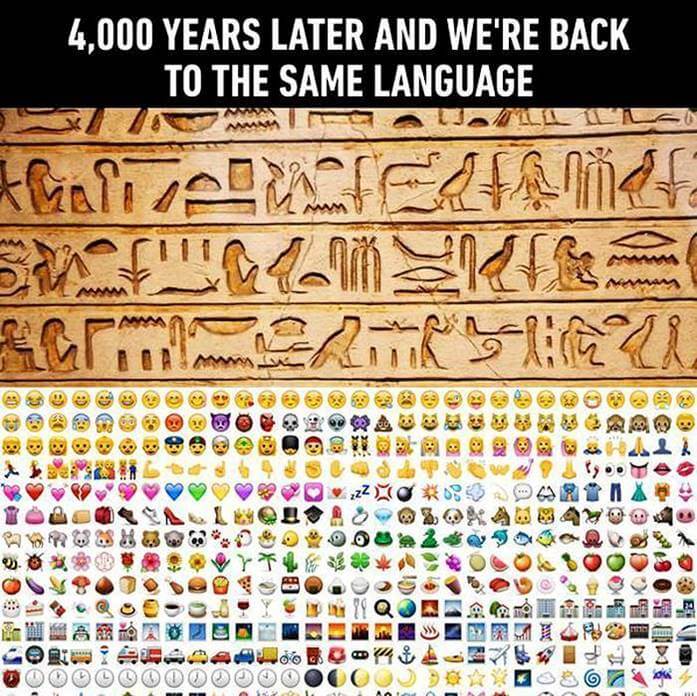
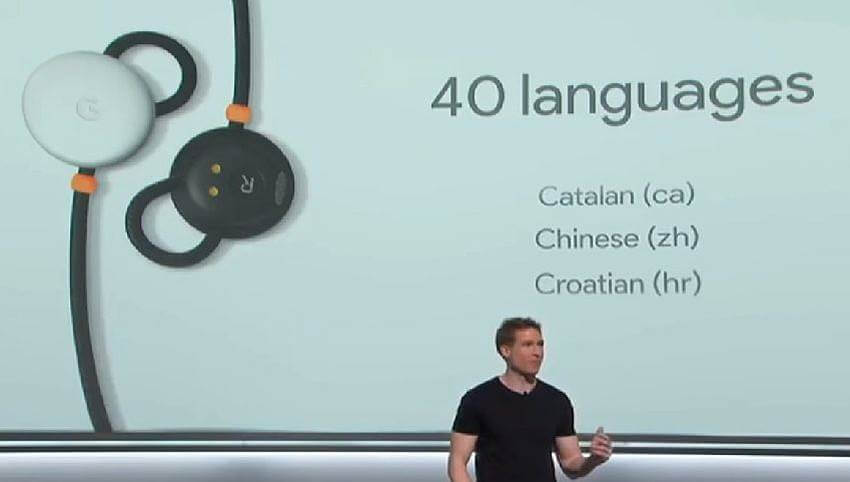
What if we take a new approach? One that is visual without words.
For example, what if we take the emoji a few steps further, towards a new universal language that we write together?
In the modern world man has developed and created a whole new world with many new technologies and tools that can be expressed through sound but which still do not have corresponding symbolic representations through simple images. If it was a fire, a tree, a house, a lion, a banana, a book, a ball, it's simple but today there are new products and technologies that create and compose the world around us as an integral part of our daily life: VR, AR, V2X, 3D XNUMXD printing, cities Smart phones, holograms, satellites, digital money and so on.
Can you imagine the visual representations of these?

Ting's Table of Tomorrow's Professions Global 2019 is a taxonomy Open source for the workspace Future. This framework provides a common structure and language for mapping, exploring and protecting the complexity and volume of innovation occurring in the world. under permission ofCreative Commons and as a project Open source, the taxonomy is available to anyone for work support their on innovation issues in education
So let me ask you a 'what if...' question and here's my idea.
What if we could map humanity's interests and combine them to create new ideographs?
For example, to get a better picture of how educational institutions will look in the future? What will future works look like...?

Purpose: combine 3 symbols and come up with new themes that represent future themes.
What would the mark of a biomechanical athlete look like?
What if we could create the future by combining new symbols together?
task: to connect people with the same combinations of interests to create the future together.
Group exercise: Choose three areas of interest from among the group members and think about how to combine them together into a creation of 1. a new venture 2. an ideograph for a new area of interest.
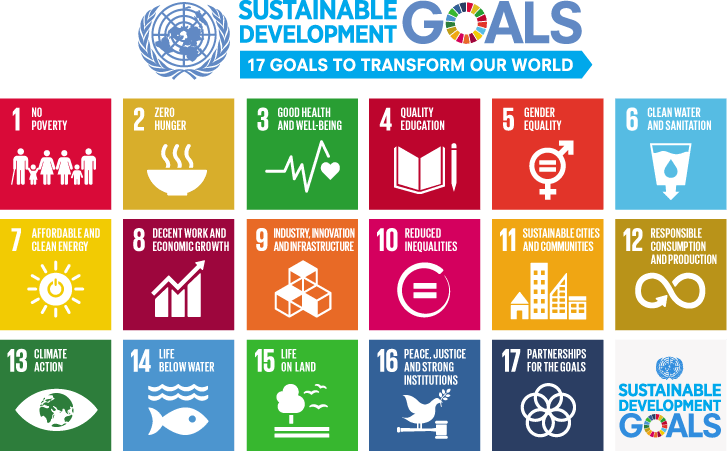
So why do we need symbolic representations?
Why do we need ideographs when we can express our thoughts so precisely with the written word?
Well, the human mind thinks and sees and therefore it is easier to combine images to see new ideas in our imaginations.
With the help of ideographs that symbolically represent new tools in the world, objects, interesting topics, advanced technologies, and the various combinations between them, we will be able to achieve much more, as these will inspire new ideas.
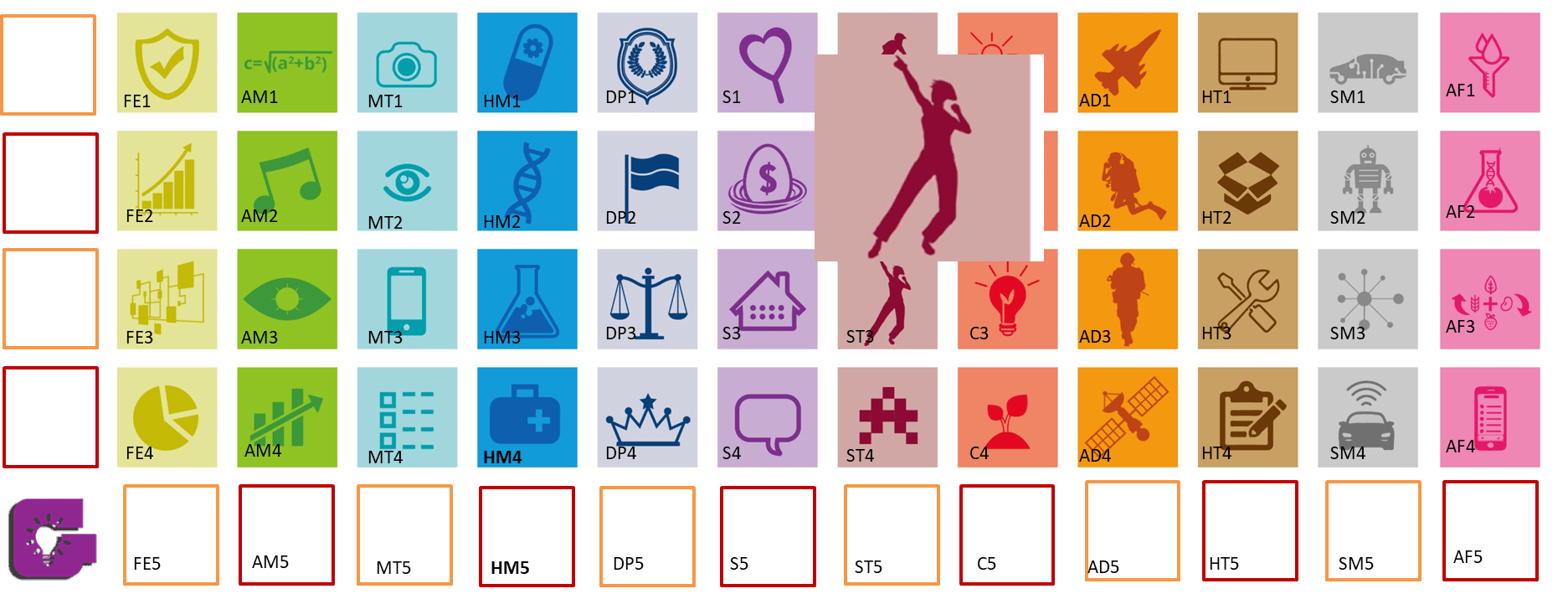
Click on a symbol to see that each symbol can represent a series of many others in its category. For example movement, dance and art. These will open up a whole new map of more specific ideographs.
There are more than 2000 Egyptian hieroglyphs and an educated Chinese will know about 8,000 characters, although you only need between 2-3,000 characters to be able to read a Chinese newspaper. So how many TING ideographs do you think we need?
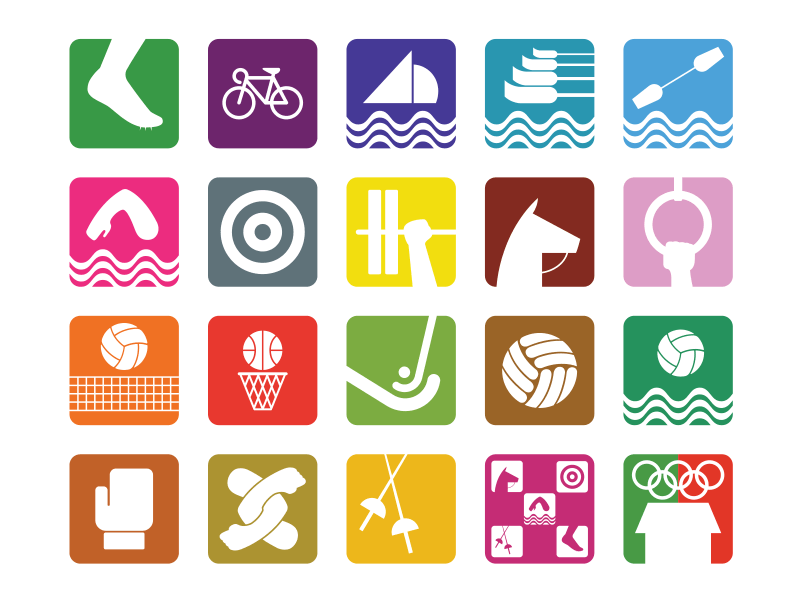
So how should we collectively examine emoji or ideographs? Are they a "language" for exclusive use in writing?
You can probably send someone an entire message consisting of emojis, but you probably still can't use emojis alone to communicate with people without sooner or later turning to English, Hebrew, or another language. But who knows, maybe that's about to change now?
A call and invitation to organizations, educational and teaching institutions, and individuals to participate in Ting's symbol table project Global 2019 Taxonomy Open source for creating the symbols of the future.
Think about the ideographs in the TING Global ideograph table, what does each represent? What kind of new ideas and ideographs and combinations of symbols can these inspire us to invent? What kind of future workplaces and combinations of these can inspire us to invent?
To download the PDF file of the table click here. To watch a YouTube video click here.
I invite you to read the article and join the project to create a new symbol.
For more details, you are welcome to contact me via the contact form:
[contact-form][contact-field label=”name” type=”name” required=”true” /][contact-field label=”email” type=”email” required=”true” /][contact- field label=”site” type=”url” /][contact-field label=”message” type=”textarea” /][/contact-form]

5 תגובות
Why say ignorance, it makes you smarter and more understanding?
"Simplicity is the ultimate wisdom" (Leonardo da Vinci)
so?
And also look at Occam's and Parasimony's point, it is a natural process, there is no right or wrong, ignorance and stupidity, beauty and compassion, it is a natural process on the way to perfect harmony or chaos,...
Using emojis I would shorten the entire text and save myself precious time with a single emoji that sums up what I'm thinking.
? letters vs emoji
Emogy in itself could not exist without the infrastructure laid by other languages. Words and letters are already encoded within the symbols which are based on a world of concepts agreed upon in society.
Assuming that language is a means of transmitting information between individuals, its effectiveness as a result of the way in which the information is coded is of great importance in determining its survival and continuity. The richer and more varied the language, the simpler and more accurate the system of symbols it will generate.
It is possible that emoji shorten and simplify the conversation sometimes to the point of watering down the content, although only looking back can we determine if this is the result of laziness and ignorance or is it the result of streamlining and development 🙂
There is no doubt that the use of drawings or ideographs can be used as communication between people who speak different languages,
There is no doubt that it is easier to invent an ideographic language that everyone will find easy and simple to learn,
However, today the common use of emoji is by those who are unable or unwilling to express themselves in language
This is the case, for example, when analyzing the graph that shows that the USA has the most users of Emoji
It should be taken into account that there are the largest number of digital devices (relatively)
Then it turns out that the extensive use of emojis is the result of laziness and ignorance.
That's how our children use emojis to shorten and simplify the "conversation"
and also because they do not know how to express their will or feelings in words,
That means laziness and ignorance again...
The picture you put with the inscription "Khatap Khartumim" is in ancient Hebrew...
Nice video about emoji or emoticons
https://www.youtube.com/watch?v=IzUOI_2DXQw